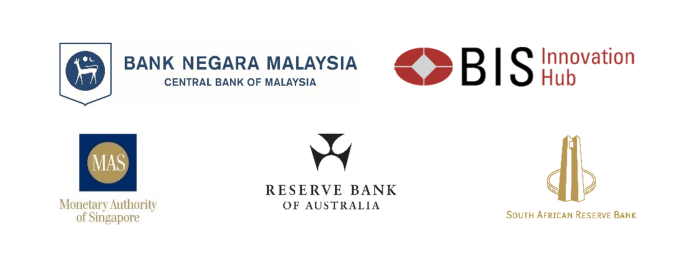The Bank for International Settlements (BIS) Innovation Hub, the Reserve Bank of Australia, Bank Negara Malaysia, the Monetary Authority of Singapore, and the South African Reserve Bank today announced the completion of prototypes for a common platform enabling international settlements using multiple central bank digital currencies (mCBDCs).
Led by the Innovation Hub’s Singapore Centre, Project Dunbar proved that financial institutions could use CBDCs issued by participating central banks to transact directly with each other on a shared platform. This has the potential to reduce reliance on intermediaries and correspondingly, the costs and time were taken to process cross-border transactions.
The project was organised along three workstreams: one focusing on high-level functional requirements and design, and two concurrent technical streams that developed prototypes on different technological platforms (Corda and Partior).
It identified three critical questions: which entities should be allowed to hold and transact with CBDCs issued on the platform? How could the flow of cross-border payments be simplified while respecting regulatory differences across jurisdictions? What governance arrangements could give countries sufficient comfort to share critical national infrastructure such as a payments system?
The project proposed practical solutions for addressing these issues, which were validated through the development of prototypes that demonstrated the technical viability of multi-CBDC shared platforms for international settlements.
“A common platform is the most efficient model for payments connectivity but is also the most challenging to achieve. Project Dunbar demonstrated that key concerns of trust and shared control can be addressed through governance mechanisms enforced by robust technological means, laying the foundation for the development of future global and regional platforms,” said Andrew McCormack, Head of the BIS Innovation Hub Centre in Singapore.
Bank Negara Malaysia Assistant Governor Fraziali Ismail said, “The successful completion of Project Dunbar has produced meaningful insights on how a multi-CBDC platform may potentially solve complex issues in the cross-border payment space. The project is a testament to the importance of central bank collaboration in supporting the development of next-generation payment infrastructures. We intend to carry these insights through other proofs-of-concept as we continue our CBDC exploration journey.”
The project’s findings also affirmed that any such arrangement should be subject to the governance deemed appropriate by central bank participants, including allowing them to retain control of the application of rules on a jurisdictional and currency level.
The details and conclusions of the project were published in a report that supports the efforts of the G20 roadmap for enhancing cross-border payments, particularly in exploring an international dimension of CBDC design.









